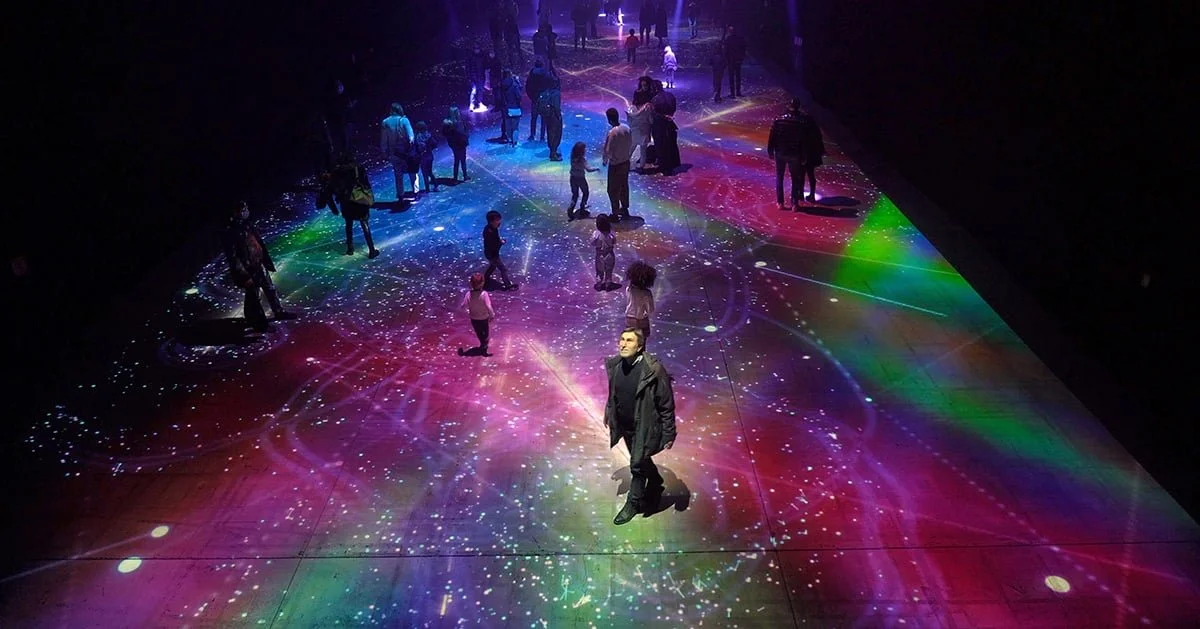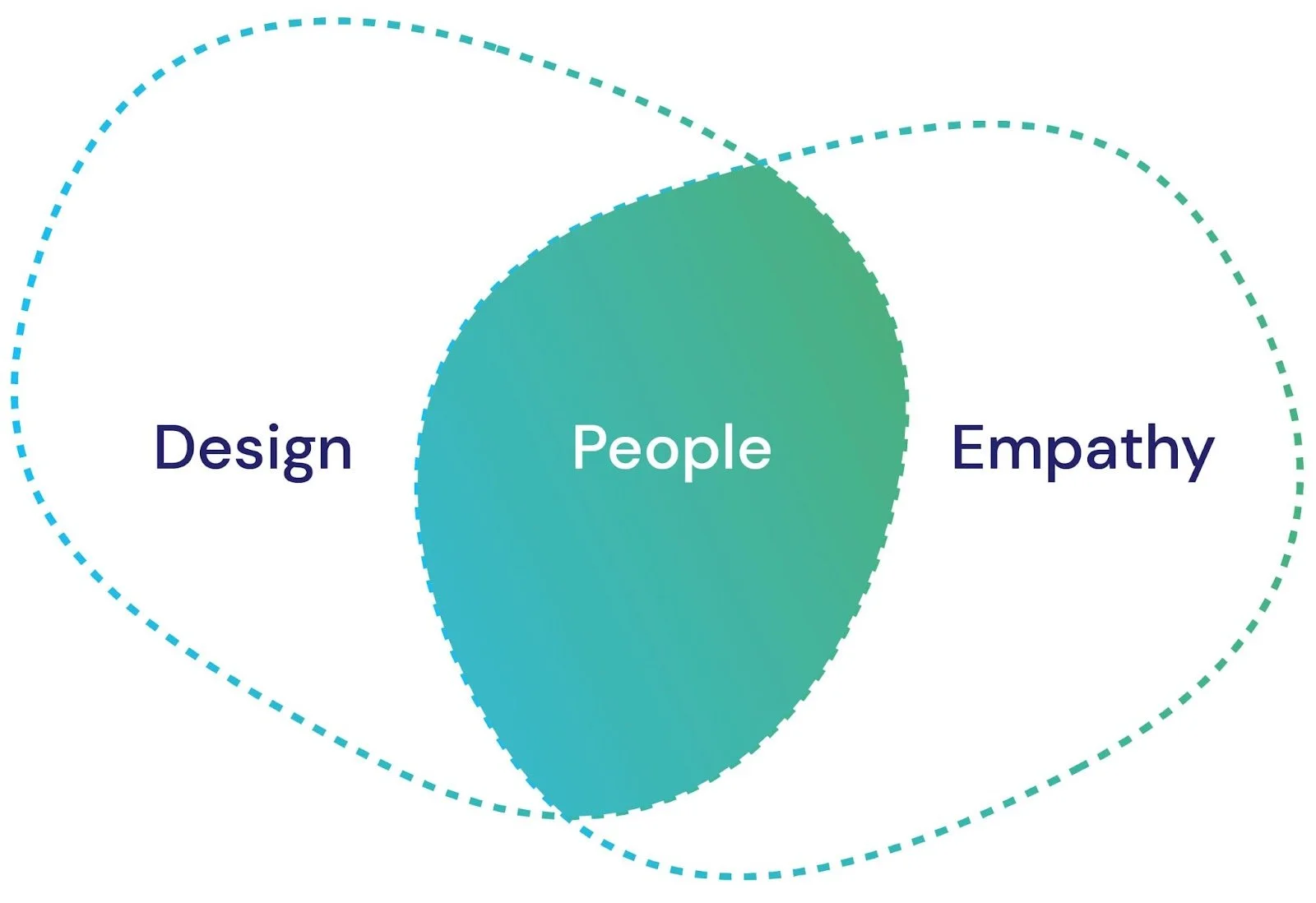Experiential Lighting: Pioneering Perception-Based Controls
In the realm of lighting design, the advent of solid-state lighting has transformed how we illuminate our spaces. Matthew Aldrich's doctoral thesis, Experiential Lighting: Development and Validation of Perception-based Lighting Controls, delves into this evolution, proposing innovative approaches to align lighting technology with human perception.
The Challenge of Intuitive Lighting Control
Modern lighting systems offer extensive customization, allowing adjustments in intensity, color, and spatial distribution. However, this complexity often leads to user interfaces that are cumbersome and unintuitive, relying on sliders, knobs, and presets that may not correspond to individual preferences or perceptions. Aldrich identifies this disconnect as a central challenge: designing control systems that harmonize the objective capabilities of lighting technology with the subjective experiences of users.
Daylight Harvesting
A Human-Centric Approach
Aldrich approaches this challenge through the lens of human-computer interaction. He posits that individuals can naturally discern similarities and differences between various lighting scenes, suggesting the existence of an inherent perceptual framework. By conducting controlled experiments, he aims to map this perceptual space, enabling the development of interfaces that reflect how users intuitively understand and interact with lighting.
Empirical Validation
To substantiate his hypothesis, Aldrich conducted user studies comparing traditional lighting controls with his perception-based interface. The results were telling: participants using the perception-based system achieved their desired lighting conditions more efficiently, experiencing reduced task time and fatigue. This empirical evidence underscores the potential of aligning lighting controls with human perceptual patterns, paving the way for more intuitive and satisfying user experiences.
Implications for Future Lighting Design
The insights from Aldrich's research have significant implications for the future of lighting design. By embracing perception-based controls, designers and engineers can create lighting systems that are not only technologically advanced but also deeply attuned to human experiences. Such systems could adapt in real-time to user preferences, activities, and even moods, transforming lighting from a static utility to a dynamic participant in our daily lives.
Conclusion
Matthew Aldrich's exploration into perception-based lighting controls offers a visionary perspective on integrating human-centric design principles into advanced lighting technologies. His work challenges us to rethink how we interact with our illuminated environments, advocating for systems that resonate with our innate perceptions and enhance our overall well-being.
Citation:
Aldrich, M. (2014). Experiential Lighting: Development and Validation of Perception-based Lighting Controls (Doctoral dissertation, Massachusetts Institute of Technology). Retrieved from https://resenv.media.mit.edu/pubs/theses/aldrich-phd.2014.pdf




